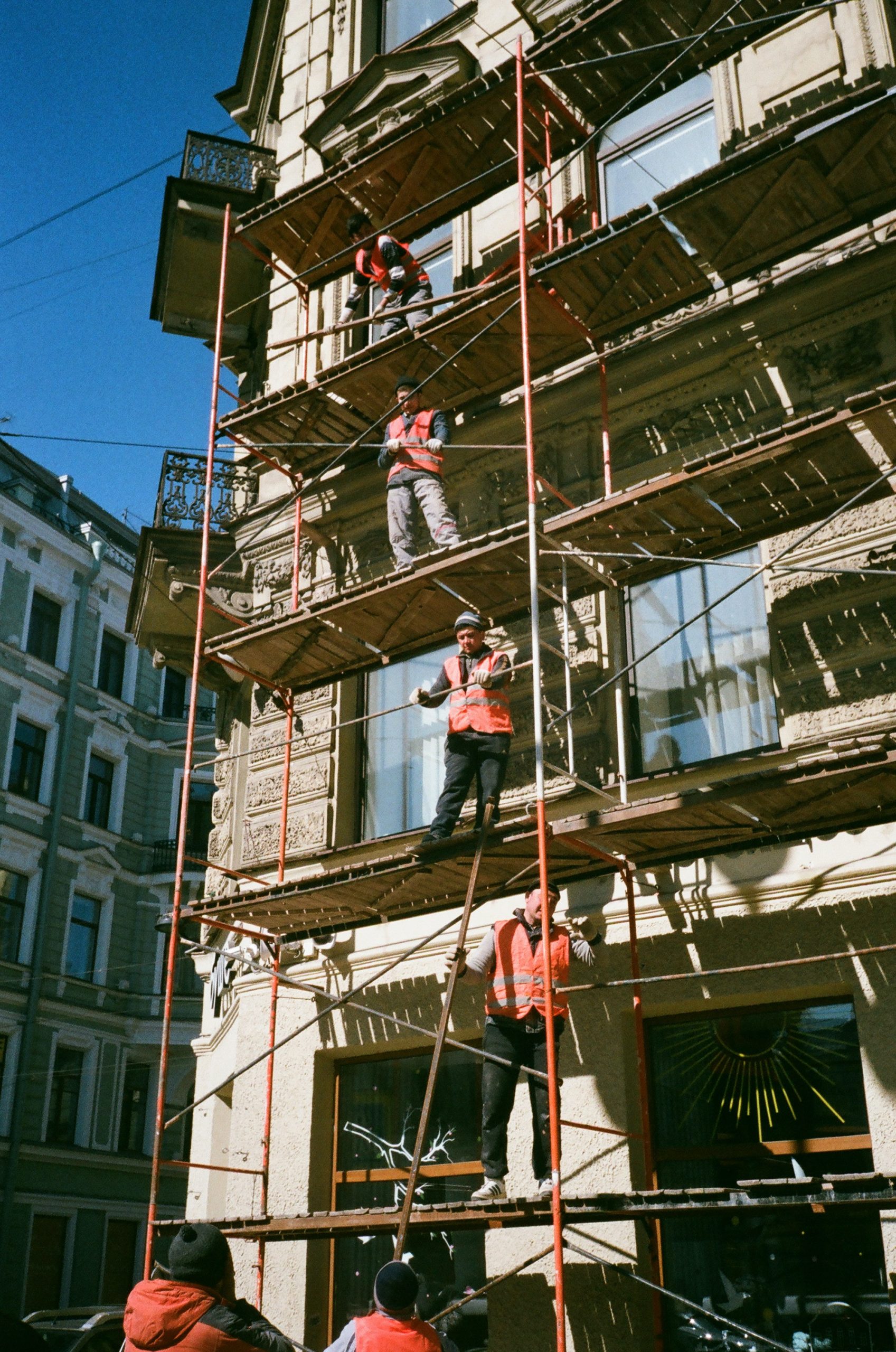If you are a long-term read reader of this blog – first, I’m sorry – but second then you’ll know I’ve written previously about the return of the company town. Its something that interests me as a one more weapon in the fight for affordability.
Well, we have the next entrant into the return of the company town world. On May 3, 2025, Elon Musk’s vision of creating a city dedicated to space exploration materialized as residents of Boca Chica, Texas, voted overwhelmingly to incorporate their community into the new city of Starbase. So let’s talk about it.
What is Starbase?
Located at the southern tip of Texas near Brownsville, Starbase is the newly incorporated city that primarily serves SpaceX’s space exploration efforts. The push to incorporate Starbase as an official city began in earnest in March 2021, when Musk announced his intentions to create a city centered around SpaceX’s operations. After years of development and community engagement, the proposal culminated in a vote where 212 out of 218 participants supported the incorporation. The newly formed city spans approximately 1.5 square miles and is home to just over 500 residents, most of whom are SpaceX employees and their families.
The establishment of Starbase required close collaboration with local and state government entities. In December 2024, SpaceX submitted a petition to Cameron County officials to hold an election on the incorporation of the city. Following the successful vote, the city awaits formal recognition through a judicial order.
As an incorporated city, Starbase will have the authority to manage its infrastructure, including roads, utilities, and emergency services. SpaceX has already invested in community development projects, such as a planned $22 million, 20,000-square-foot community center set to begin construction in June 2025.
The Return of the Company Town?
While the notion of a city built around a single employer may seem novel today, it echoes a familiar pattern from the early 20th century when industrial giants like Pullman and Hershey constructed company towns to house their workers.
Company towns in the early 1900s were designed to keep workers close to their place of employment while also controlling their living conditions and social environment. Pullman, Illinois, established by the Pullman Company in the late 19th century, is a classic example. The company provided housing, stores, and recreational facilities, but workers were dependent on their employer for every aspect of life.
Similarly, Starbase seems to exist primarily to serve the needs of SpaceX and its employees. The city’s infrastructure, housing, and planned amenities—like the $22 million community center—are closely tied to the company. However, unlike early company towns, Starbase is emerging in a modern legal and social framework that theoretically provides greater autonomy to its residents.
While early company towns were often criticized for exploitative practices, modern society may limit that. Things like a more mobile workforce, improved labor laws, and public scrutiny are likely to benefit SpaceX employees who live in Starbase.
The Benefits of a Modern Company Town
Obviously one of the key advantages of living in Starbase is the convenience it offers employees. That’s probably the biggest driving force behind a company town. Here, living near SpaceX’s facilities reduces commuting time, allowing workers to dedicate more time to their projects or family life. This is particularly beneficial if the rumors of the long hours demanded by Musk are true.
Additionally, the integration of work and home can foster a strong sense of community. Residents share a collective purpose, which can enhance social cohesion. This is similar to the camaraderie seen in early company towns, where workers often formed tight-knit communities centered around their jobs.
Furthermore, housing tied to employment could potentially be more affordable than in larger urban areas, especially in Texas, where property costs are lower than in tech hubs like Silicon Valley. If SpaceX ensures subsidized or reasonably priced housing, Starbase could mitigate some of the affordability crises faced by workers in other tech industries.
But Its not All Wine and Roses
However, the model also has significant downsides, most notably the challenge of job mobility. When housing is tied to employment, leaving the job means leaving the community and home. This dependency can discourage workers from seeking new opportunities, potentially stifling career growth.
In the early 1900s, company towns often left workers financially trapped, unable to afford to leave due to high rents and the lack of other job prospects in the area. While Starbase does not directly replicate these conditions, the reliance on SpaceX for housing and amenities could lead to a similar form of dependency, particularly if the local economy remains dominated by a single employer.
Furthermore, company control over essential services can also create conflicts of interest. In past company towns, decisions about community welfare were often influenced by corporate priorities rather than residents’ needs. As Starbase grows, ensuring a balance between SpaceX’s interests and the community’s well-being will be critical.
Its an Interesting Innovation
The revival of the company town model through Starbase (and others) presents both opportunities and challenges. The convenience of living close to work and the potential for affordable housing are undoubtedly appealing. However, the risk of economic dependency and limited job mobility cannot be ignored.
I look forward to seeing how Starbase evolves and turns out, as well as whether it inspires other companies to do something similar. It is certainly an interesting experiment to watch.



